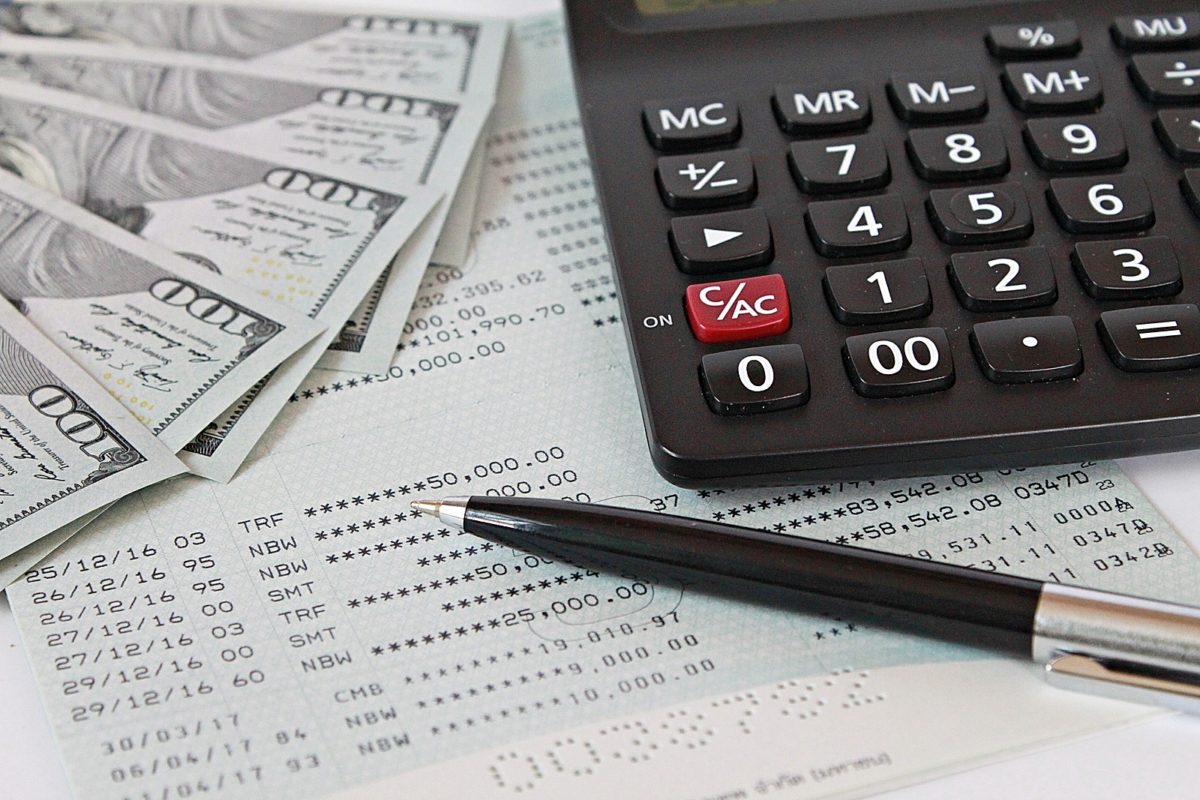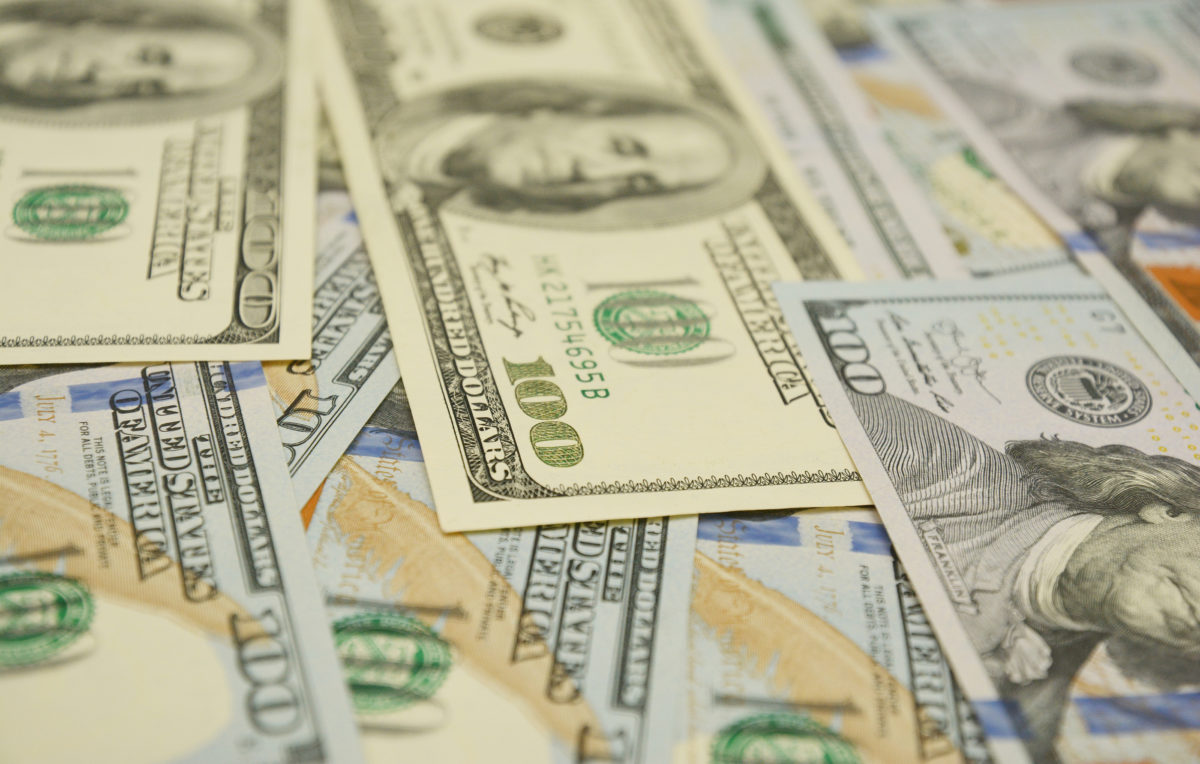Are you a small business owner trying to save money? Small business owners have many different expenses and oftentimes don’t realize they are spending more than they need to. There are a lot of small money-saving methods that will allow you to save money long-term without having to do too much. This will provide you with an emergency fund, business savings, or to be more financially accessible.
Here are ways you can save money as a small business owner.
Set Up Automated Transfers
Open a savings account and set up automated transfers from your checking account to your savings account. When setting up an automated transfer, you can choose how much to transfer and how often the transfer occurs. This will allow you to save money over time. The transfer amount does not need to be a high amount. If you are on a tight budget, even $20 per month will make a difference. Continue to save money as an emergency fund, a vacation, down payment, or to pay off student loans. Eventually, you will save up enough money over time.
Collect All of Your Coin and Bills
As a small business owner, you may have customers paying with cash and coin, or maybe you dine out each day for lunch and always have cash and coin on you. This can be a great way to save money. Instead of throwing your coin in your vehicle’s cup holder, take it home with you and throw it in a piggy bank each night. Or, set it aside and deposit it into your savings account each week. While this won’t save you thousands of dollars, it will contribute to your savings account which is better than not contributing at all.
Prepare for Grocery Shopping
Before going to the grocery store, check your pantries, cabinets, and fridge to list all of your grocery items. Avoid temptation and impulse buying. Additionally, consider coupons, savings, and rewards programs.
There are many different credit cards with a rewards system that gives back when spending on groceries and certain grocery stores. Consider a credit card that gives back to receive rewards and cash back. When applying for a credit card, ensure you pay the monthly payment on time and consider their fees prior to applying.
Minimize Spending on Restaurants
Everyone understands eating a meal at a restaurant is more expensive than eating a home-cooked meal. If you eat out often, you can save a significant amount of money by eating at home. Save eating out for special occasions, or consider skipping on expensive drinks and desserts. You can also apply for a credit card that gives back for dining out.
Get Entertainment Discounts
Saving money does not mean you need to let go of the things you enjoy. There are plenty of entertaining activities that are low in cost or free. There are free museum days and national park days. Additionally, many communities host free events each week. Check local events prior to splurging on tickets.
Map Out Your Most Expensive Purchases
Small business owners are always purchasing — furniture, appliances, tools, services, clothing, delivery truck, etc. Map out all of the expensive purchases that or forthcoming, both in and out of business. Take note of the price for each purchase. This will allow you to get an idea of when the best time is to purchase based on your expenses, bills, and priorities. Ensure you do not put yourself in debt because of an expensive purchase that conflicted with your bills and expenses.
Avoid Online Shopping
Stores have made it easy for us to buy online. Within seconds we are able to purchase our favorite pieces. Avoid shopping online by deleting your credit card history from your favorite stores and apps. This will enforce you to think twice about your purchase and buy only when necessary.
Reconsider After 2 Days
When making a purchase small, or large, we often think that we need to buy the item to be content. Many people don’t realize this feeling is temporary with items that are a want and not a need. A good method to determine if a purchase is necessary is to wait 2 days. If you are still thinking about the item, or still considering it, then revisit the idea of buying it.
Affordable Gifts
Everyone is going to need to purchase gifts at one point or another. Small business owners do not have the funds to purchase an expensive gift each time a celebration comes around. There are many affordable gifts such as herb gardens, plants, books, etc. Gifts also can be an act of kindness such as hosting a small dinner or baking a dessert. This will save you a lot of money during busy holidays and celebrations.
Lower the Cost of Your Car
Refinance your auto loan and lower your interest rates to save you a significant amount of money. Keep an eye out for cheaper auto loans and ask others what auto insurance they have to keep lowering the cost of insurance. Save gas, drive less, and utilize apps that point out gas prices within the area you are in.
Cable and Internet
As technology advances, many people cancel their cable services and watch their favorite movies on internet-based apps, such as Netflix and Hulu. Consider canceling your cable agreement, and searching for cheaper internet service.
Consider a Cheaper Cell Phone Plan
Look into cheaper cell phone plans to reduce the cost of your bill. Remove insurance from your plan to save close to $100 each year for each line that you have.
Reduce Electricity Usage
Try to reduce the amount of electricity you use each month to save money on each bill. Invest in smart power strips, and switch to a smart thermostat. You can also plug insulation leaks that are causing your bull to be slightly higher than it should be.
Decrease Student Loan Payments
If you have student loans, you can enroll in an income-driven repayment plan to lower your monthly payments. Other ways to decrease student loan payments include: setting up autopay to receive a discount and refinancing your student loans to cut interest rates.
Cancel Subscriptions
It is easy to accumulate many different subscriptions over time, especially as a business owner that is trying to invest in their business. Go through all of your subscriptions and cancel the ones you no longer use and need. Carefully review your bank statements to catch any subscriptions that you may have forgotten about. Furthermore, avoid signing up for more unnecessary subscriptions.
Refinance Your Mortagage
Although refinancing can come with initial costs, you can be paying less each month. Refinance your mortgage to save you a large amount of money each month.
Determine Your Saving Goals
Set financial goals for yourself and be realistic with them. Use the SMART goal method to help you reach your financial goals and focus on your small business.
Track Spending and Expenses
Tracking spending and expenses are important for anyone but especially important for business owners. Track your personal monthly cash flow to keep track of the progress you are making for your savings goal. This will give you an idea of how much money you are saving, and how much money you will be able to put towards your business.
Prioritize Payments with High-Interest Debt
Debt is never good and can put a huge dent in your budget and savings. Prioritize paying off both the personal and business debt that you currently have. Paying off the high-interest debt first avoids the snowball effect of getting into even more debt. Additionally, the sooner you pay it off, the sooner you will free yourself from strain and stressors.
Keep Your Savings in an Account that Pays Interest Rates
You can maximize the amount of money you have by opening a savings account that accrues interest rates. Make sure you meet with a banker to discuss any fees and the terms and conditions of different savings accounts that pay you for the funds you have with them.
Small business owners spend a significant amount of money for their business to be successful. Oftentimes they resort to their personal funds and savings accounts to aid their business. There are many tips and tricks to reduce the amount you are spending and save more money for both personal and professional use. Additionally, there are payment methods businesses can take advantage of to receive client and customer invoices instantly. Save money, while also receiving payments within seconds.

